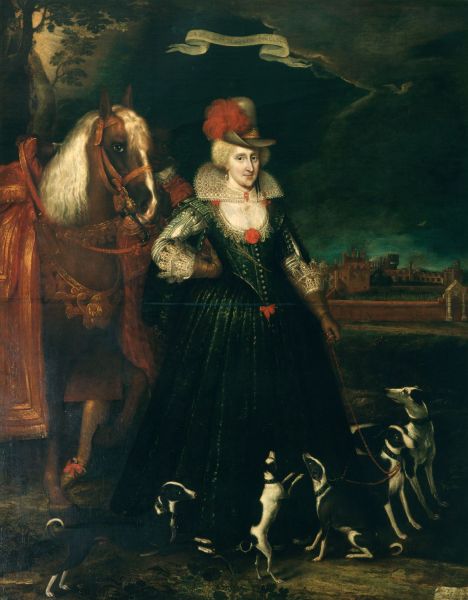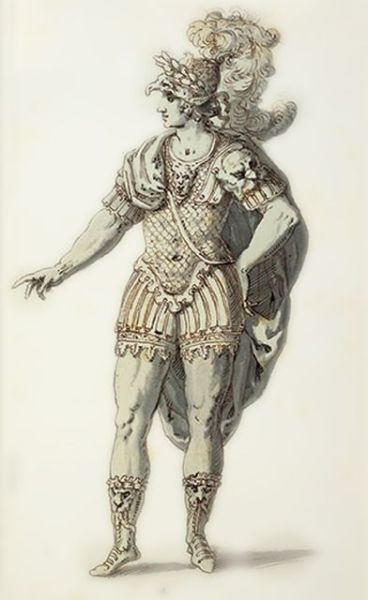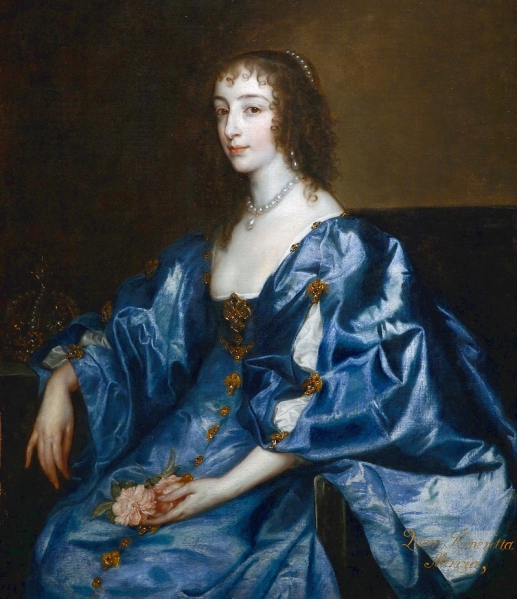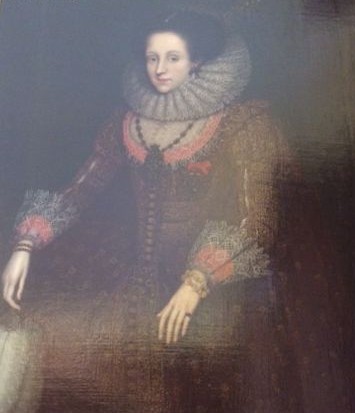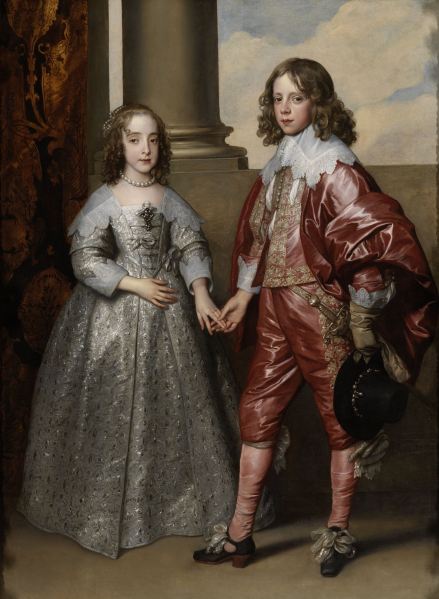
Stealing off;—or—prudent Secesion by James Gillray, etching, 1798.
Image source: Wikipedia
OR
Unreasonable Withdrawal; – A Brexit minister realizes that the EU Withdrawal Bill
is a mistake, 2017
The problem for a Government on the run screaming FAKE NEWS is the inherent danger of self-incrimination. As politics is all about presentation, using the FN plea is an admission of incompetence, at best.
In this meta-weary world, we have got used to the duality of Truth in the modern democratic State. The wonder of Trump is not that a lying, racist, pussy-grabbing bully was elected, but that so many people don’t care that the leader of western democracy is a lying, racist, pussy-grabbing bully. The panto villain and the demagogue are indistinguishable.
The confusion in the UK over animal sentience confirms that Fake News, not Real News, is the radar for Zeitgeist – it reveals the conscious and unconscious fears of both the public and its rulers.
It is unreasonable to argue, as Zac Goldsmith did, that there is no need to integrate the EU’s specific recognition of animal sentience into English law on the grounds that “self-evidently animals are sentient”. Self-evident truths are not legally binding. Like unalienable human rights, they need protection in law.
The first indisputable fact is that MPs voted to exclude the clause regarding animal sentience from the EU Withdrawal Bill.
The second fact is that, for a couple of days, Leavers and Remainers, including Conservative voters, were united in believing that the Brexit Government was capable of denying that animals feel pain and emotion. We were shocked, but not surprised. That’s not a vote of confidence in either the Government or Brexit. We believed that we were seeing the unspeakable in full pursuit of the untenable.
Self-evidence is distressingly nebular, too often confused with subjective truth. It is not self-evident to everyone that Brexit, and specifically this Government, is against the national interest.
The problem for resolute Remainers is to prove the link between the Government’s incoherence and the sinister consequences of Brexit itself. Certain unalienable rights are already under threat. The damage to the economy and quality of life of the average working person is in plain sight.
We marvel at the desperation of asylum seekers risking their futures in unseaworthy boats – and that is exactly what the prosperous UK is doing by getting on board unfeasible Brexit. Self-evidently, leaving the EU is wasting money better spent on NHS, housing and education; it will not solve our deteriorating social problems, or strengthen workers’ rights, any more than it will improve animal welfare.

Géricault, The Raft of the Medusa 1818-1819 Musée du Louvre, Paris. Image source: WGA
In the Brexit shipwreck there are still absolute truths to cling to, but we are running out of time. The Referendum result is not binding. Article 50 is reversible.
We should be uniting against a Government that is betraying the ideals of Leavers, and surpassing the worst fears of Remainers, a Government so incompetent that it cannot control its own wrecking ball.
Truthfully, Brexit must be stopped, for the Life, Liberty and Pursuit of Happiness of everyone in our country.

Ambrogio Lorenzetti Bad Government and the Effects of Bad Government on the City Life 1338-40
Fresco, Palazzo Pubblico, Siena. Image source: Wikipedia
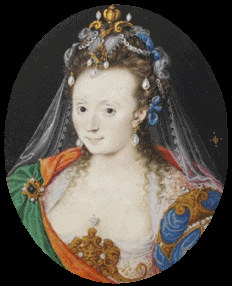 Unknown woman in masque costume, miniature by Isaac Oliver, 1609. Image: Wikipedia
Unknown woman in masque costume, miniature by Isaac Oliver, 1609. Image: Wikipedia